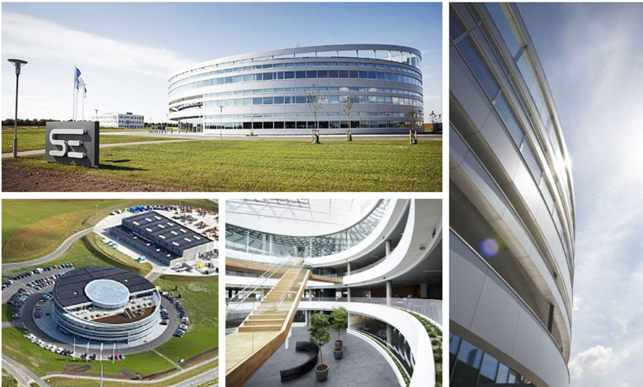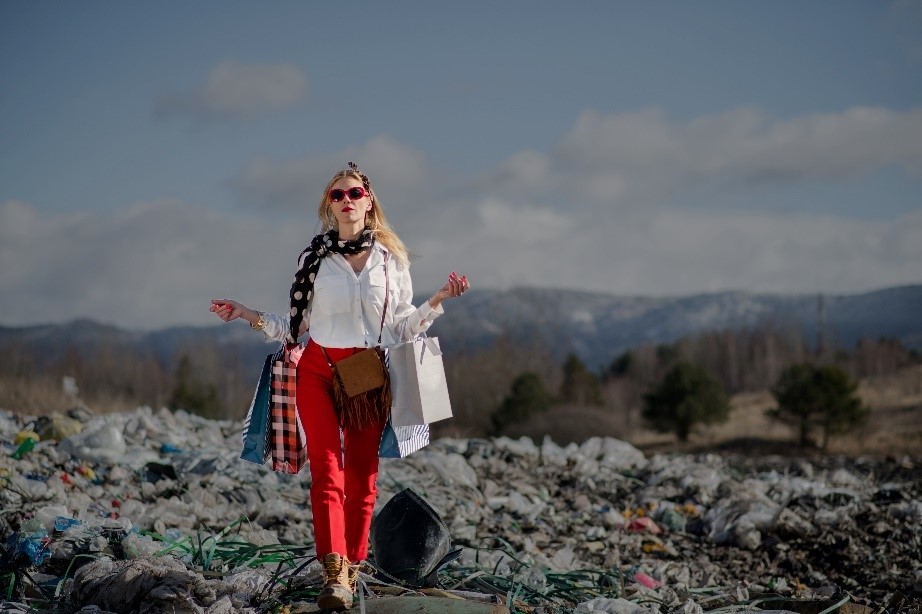
Fashion is one of the most polluting industries
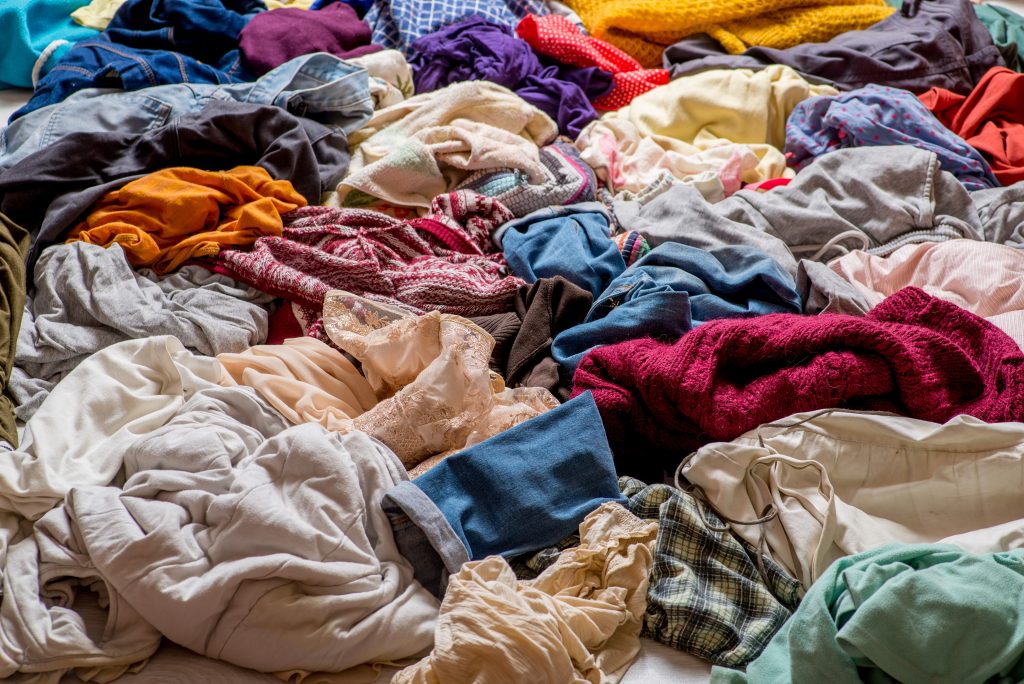
According to Industry Europe, European textile consumption ranks number four in the terms of environmental impact after food, housing and mobility. Textiles is the third highest area of consumption of water and land use, and fifth highest for the use of primary raw material.
Textiles are used in clothing, household goods, furniture, medical and protective equipment and makes a day of our everyday life and the production and consumption of textiles continue to grow.
According to the Ellen MacArthur Foundation global textile production almost doubled between 2000 and 2015. The European Environment Agency expect textiles consumption to grow by 63% by 2030.
Clothing accounts for some 81% of the EU’s textile consumption and approximately 5.8 million tonnes of textiles are discarded every year in the EU – approximately 11kg per person. This amount is increasing as there is a rising trend of “fast fashion” where companies are offering an increasing amount of fashion collections per year to cheaper prices, while the consumers use the garments for a shorter period of time before throwing them away. Every second somewhere in the world a truckload of textiles is landfilled, destroyed or burned.
Chile’s Atacama Desert has for example become a clothing graveyard, with around 35,000 tons of unsold second-hand clothing getting dumped there every year.

In addition to the environmental consequences fast fashion bring on social problems such as child labour, poor working conditions and low wages in order to press the prices for the cheap garments.
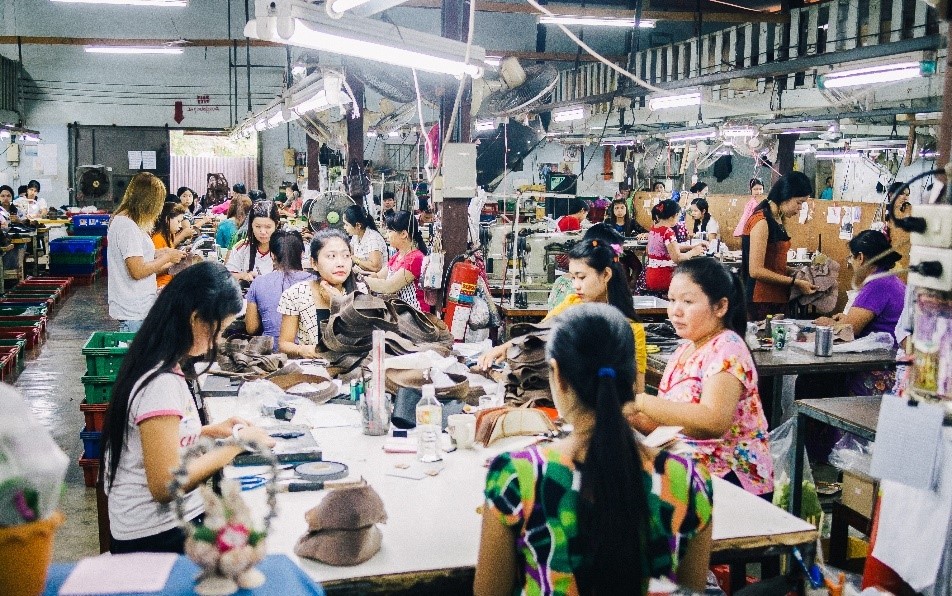
On 30th of March 2022 the European commission adopted the EU strategy for sustainable and circular textiles.
The 2030 vision is that all textile products on the EU market are
- durable
- repairable
- recyclable
- made of recycled fibers to a great extent
- free of hazardous substances such as chemicals and dyes
- produced in the respect of social rights and the environment
- “fast fashion is out of fashion” and textiles are used for a longer time
- profitable re-use and repair are widely available
- the textile sector is competitive, resilient. and innovative – the producers are taking care of circular economy within the production along the whole value chain and incineration and landfill is minimized.
The Commission will take measures such as
- eco design requirements for textiles
- clearer information on products
- a Digital Product Passport
- a mandatory EU extended producer responsibility scheme
- tackle the unintentional release of microplastics from textiles
- calls on companies to reduce the number of collections per year and to reduce their carbon and environmental footprint.
- encourage member states to adapt favorable taxation measures for the reuse and repair sector.
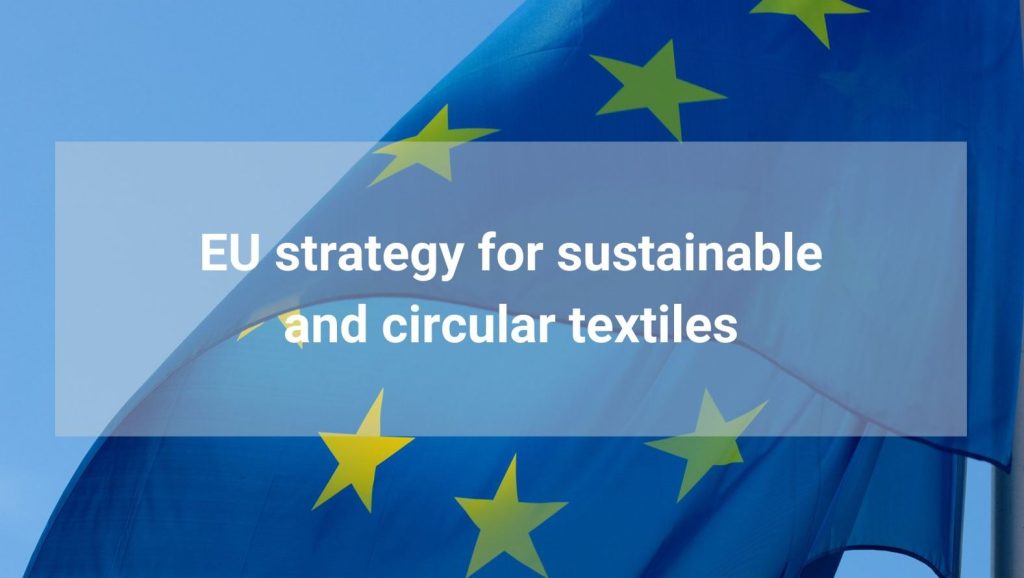
It will however take some time before the EU strategy for sustainable and circular textiles are implemented and we can see the results. In the meantime, each one of us can do many things to turn back on fast fashion and make an impact on the environment.
• We can buy secondhand clothes instead of buying new. There is plenty of second hand shops and second sites on social media.
• We can upcycle existing clothes in the wardrobe by new details, adaption, and alterations or upcycle clothes bought second hand. Learn to do the mending yourself or source the mending out to professionals.
• Swap clothes with friends.
• Buy timeless clothing that lasts.
• Clear out your wardrobe and give away all the clothes that you have not been using during the last twelve moths.
• Limit the number of garments you have – setting a hard limit on how many clothes you own may be good way to stop yourself shopping.
• Look after your existing clothing – it will last longer.
• Use ethical clothing
Is it recycled? Does it use organic materials? Is it fairly traded
Ethical clothing also known as slow fashion or sustainable fashion seeks to minimize the impact by the clothing industry on people and the planet whilst protecting the earth´s resources for the future.
You can also try the sustainable option of a shared wardrobe if you find one close to you. Susanna Pakkala has been a member of the shared wardrobe Tanttu in Seinäjoki, Finland for the last two years. https://www.vaatelainaamotanttu.com.
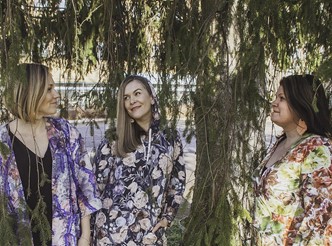
Here in Vamia they formed a group with some colleagues a few years ago and we are used to visit the shared wardrobe together every month.
Vaatelainaamo Tanttu
“For the price of one design dress, you get a weekly changing wardrobe for six months!”
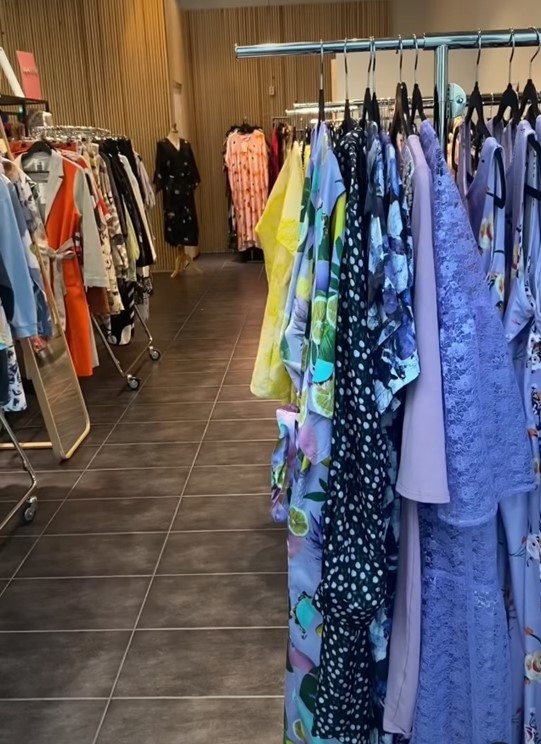
According to Susanna:
With a monthly (or six-month) membership, this service offers me access to a shared wardrobe. The shared wardrobe works in such a way that I always get to borrow two clothes for my use for a membership fee. The Clothes have always good quality, and they are durable branded clothes. All the clothes are domestic brands and most of them are made in Finland. They are also often made following the principles of sustainable development.
Different sizes of clothes are purchased to the shared wardrobe. So, I always find clothes the right size for myself. I can borrow clothes for up to three weeks at a time. When I plan to return the clothes, I wash and iron them and take the ready-to-wear clothes back to the store. It is immediately ready to be borrowed by the next member. Through this service, I always have access to different and stylish clothes. The service also involves trying out many different types of clothing and courage’s me to stretch my normal limits in my dressing style.
Borrowing is especially convenient for parties. Nobody wants to wear the same dress at many parties. In addition I can borrow different kind of accessories for example earrings from the shared wardrobe.
By using the shared wardrobe, I feel that I can affect the environment! In addition, this is really fun doing together with my colleagues.
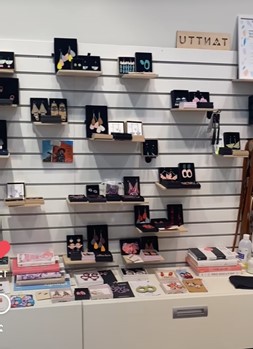
In the shared wardrobe Tanttu you can borrow both clothes and fashion jewelry
Article by:

Katarina Sandbacka, Vamia, Vaasa, Finland
Bibliography:
Chilean desert is home to tons of discarded clothing (axios.com)
https://www.axios.com/2022/01/27/chile-atacama-desert-clothing-graveyard 13.05.2022
Dressed to kill – the environmental cost of fast fashion exposed – EURACTIV.com
https://www.euractiv.com/section/circular-economy/news/dressed-to-kill-the-environmental-cost-of-fast-fashion 13.05.2022
Fast fashion: What is the big deal?
https://www.dw.com/en/fast-fashion-climate-change-explained/a-57619595 13.05.2022
New proposals to make sustainable products the norm (europa.eu)
https://ec.europa.eu/commission/presscorner/detail/en/ip_22_2013 13.5.2022
The EU wants to end fast fashion by 2030 – Industry Europe
https://industryeurope.com/sectors/consumer-goods/the-eu-wants-to-end-fast-fashion-by-2030/ 13.05.2022
10 tips to turn your back on fast fashion | Ethical Consumer
https://www.ethicalconsumer.org/fashion-clothing/10-tips-turn-your-back-fast-fashion 13.5.2022

